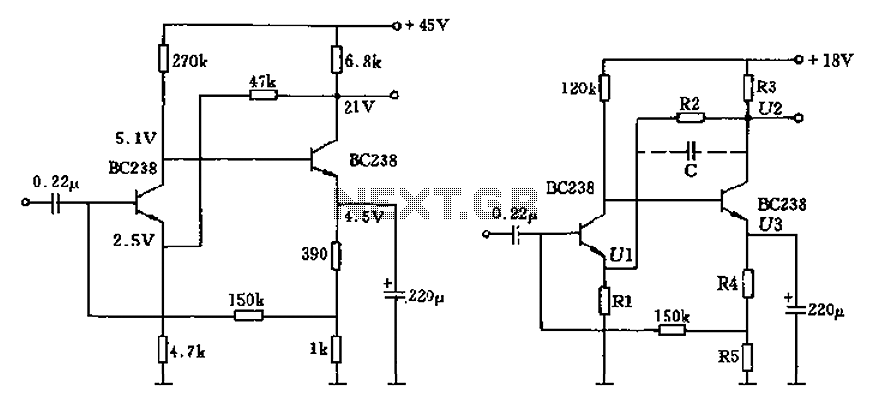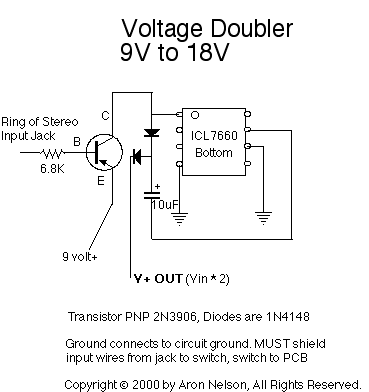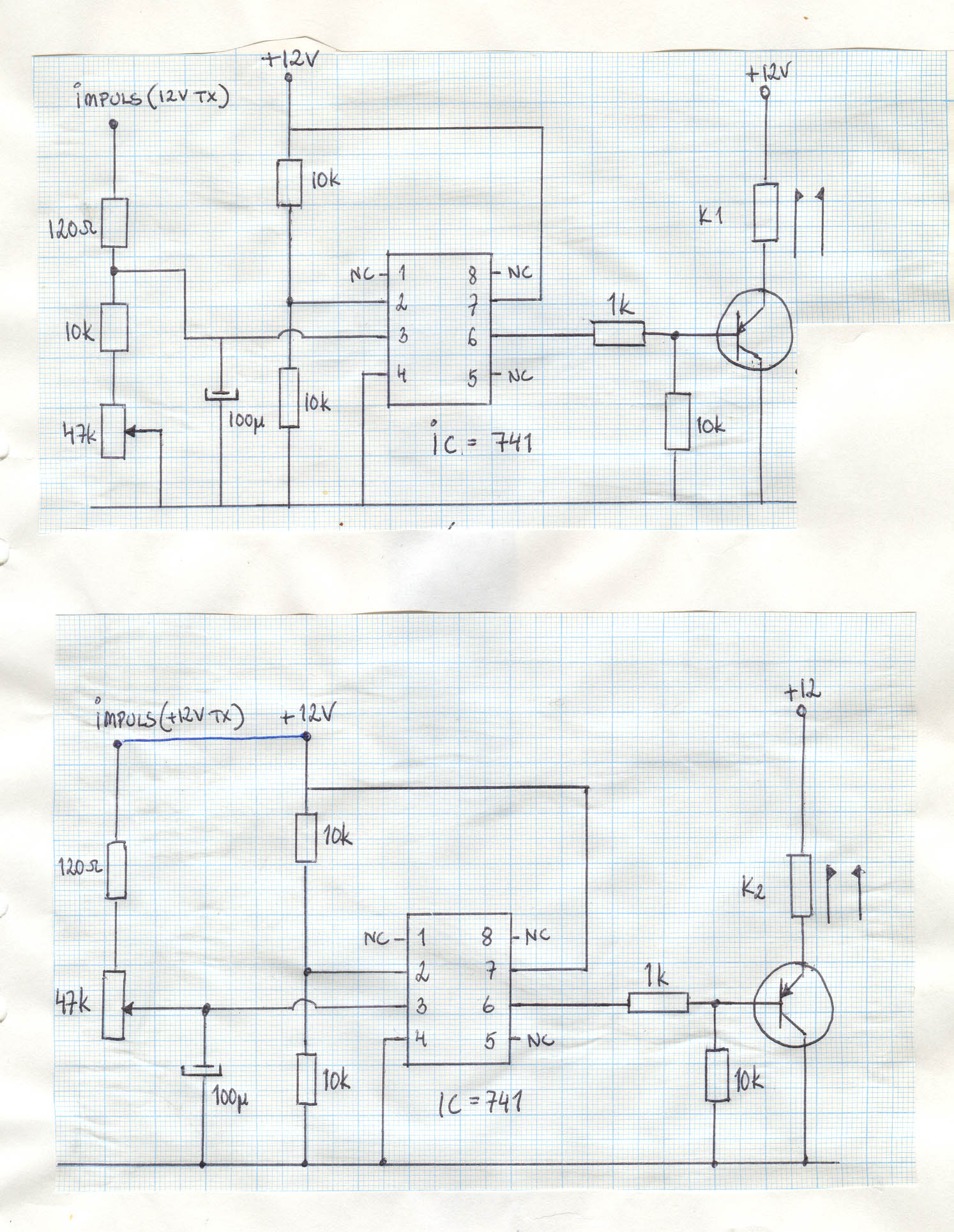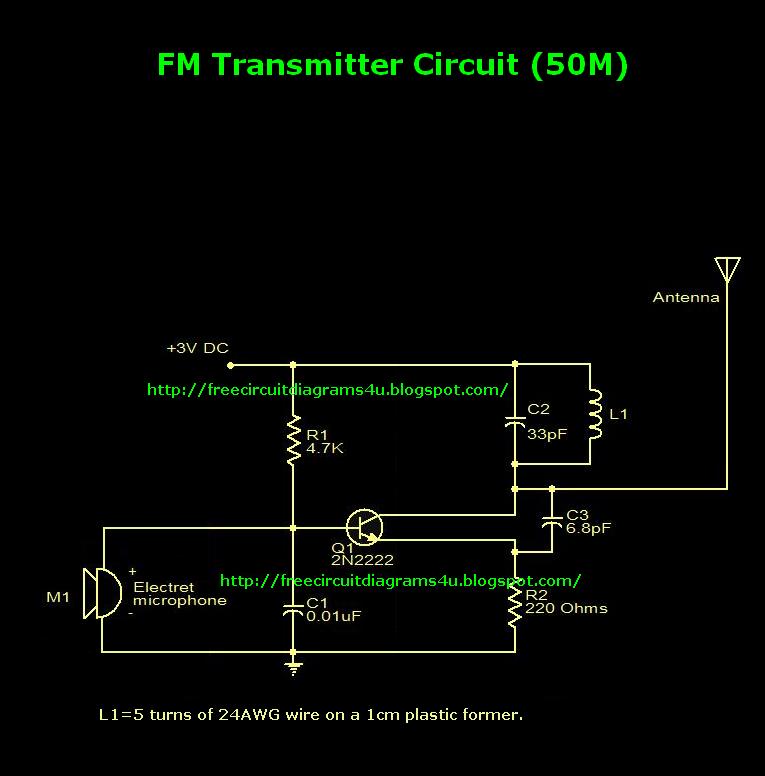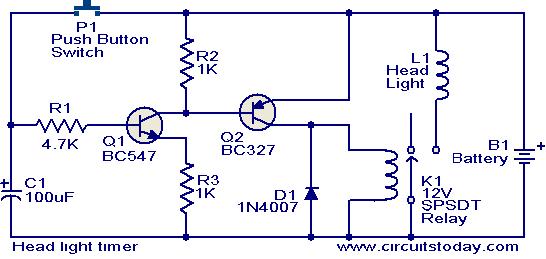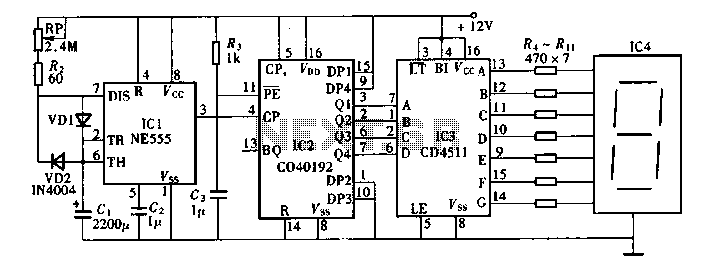
Twang-twang circuit
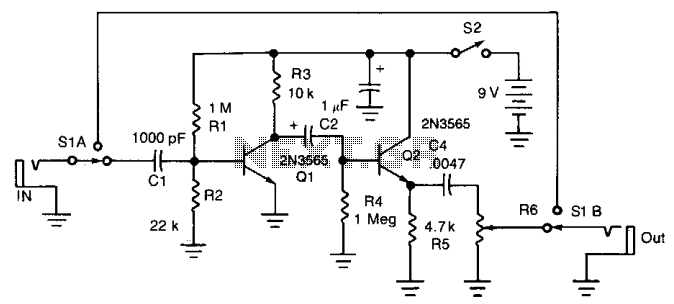
Twang is a guitar sound that closely resembles that of a banjo or mandolin. The circuit generates distinctive sounds from a standard electric guitar by eliminating the bass frequencies, heavily distorting the midrange and treble frequencies, and subsequently amplifying the distortion. SI toggles the effect on and off, while S2 powers the unit on and off.
The circuit described utilizes a combination of filters and amplifiers to achieve its unique tonal characteristics. The initial stage involves a high-pass filter that effectively removes low-frequency signals, allowing only midrange and high frequencies to pass through. This is crucial for creating the "twangy" sound, as it mimics the tonal qualities of stringed instruments like the banjo and mandolin.
Following the filtering stage, the signal is routed to a distortion module. This module is designed to intentionally clip the audio signal, introducing harmonic and inharmonic overtones that contribute to the overall character of the sound. The distortion can be adjusted to taste, allowing for a range of tones from subtle grit to aggressive fuzz.
The amplified output from the distortion stage is then sent to a final gain stage, where the overall volume of the signal can be adjusted before it is output to an amplifier or effects chain. The circuit includes two switches: SI, which serves as a momentary switch to engage or disengage the effect, allowing for dynamic performance changes, and S2, a toggle switch that controls the power to the entire circuit, ensuring that it can be completely turned off when not in use.
In summary, this circuit cleverly manipulates the frequency response and introduces distortion to create a distinctive sound palette that broadens the expressive capabilities of an electric guitar, making it suitable for various musical styles.Twang is a guitar sound that more or less approximates a banjo or mandolin. The circuit produces unusual sounds from an ordinary electric guitar by cutting the bass, severely distorting the midband and highs, and then amplifying the distortion. SI cuts the effect in and out, S2 turns the unit on and off. 🔗 External reference
The circuit described utilizes a combination of filters and amplifiers to achieve its unique tonal characteristics. The initial stage involves a high-pass filter that effectively removes low-frequency signals, allowing only midrange and high frequencies to pass through. This is crucial for creating the "twangy" sound, as it mimics the tonal qualities of stringed instruments like the banjo and mandolin.
Following the filtering stage, the signal is routed to a distortion module. This module is designed to intentionally clip the audio signal, introducing harmonic and inharmonic overtones that contribute to the overall character of the sound. The distortion can be adjusted to taste, allowing for a range of tones from subtle grit to aggressive fuzz.
The amplified output from the distortion stage is then sent to a final gain stage, where the overall volume of the signal can be adjusted before it is output to an amplifier or effects chain. The circuit includes two switches: SI, which serves as a momentary switch to engage or disengage the effect, allowing for dynamic performance changes, and S2, a toggle switch that controls the power to the entire circuit, ensuring that it can be completely turned off when not in use.
In summary, this circuit cleverly manipulates the frequency response and introduces distortion to create a distinctive sound palette that broadens the expressive capabilities of an electric guitar, making it suitable for various musical styles.Twang is a guitar sound that more or less approximates a banjo or mandolin. The circuit produces unusual sounds from an ordinary electric guitar by cutting the bass, severely distorting the midband and highs, and then amplifying the distortion. SI cuts the effect in and out, S2 turns the unit on and off. 🔗 External reference
